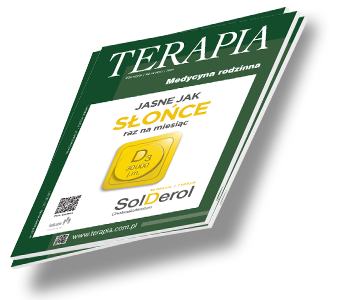Medycyna bólu Terapia 2023, 6 ( 425 ) : 18 - 23
Dożylne wlewy lidokainy u chorych z bólem neuropatycznym
Intravenous infusions of lidocaine in patients with neuropathic pain
Lidokaina jest lekiem znieczulenia miejscowego z grupy aminoamidów, ponadto jest stosowana także jako lek przeciwarytmiczny z grupy Ib według klasyfikacji Vaughana Williamsa.

Zaloguj się i przeczytaj bezpłatnie całą treść artykułu.
Nie masz jeszcze konta dostępowego?
Zarejestruj się bezpłatnie, a otrzymasz:
* dostęp do wszystkich doniesień oraz pełnych tekstów artykułów naukowych w naszej Czytelni,
* prawo do bezpłatnego otrzymywania newslettera "Aktualności TERAPIA" z przeglądem interesujących i przydatnych wiadomości ze świata medycyny oraz systemu ochrony zdrowia w Polsce i na świecie,
* możliwość komentowania bieżących wydarzeń oraz udziału w ciekawych quizach i konkursach.
Zapraszamy serdecznie, dołącz do naszej społeczności.



Dodaj komentarz